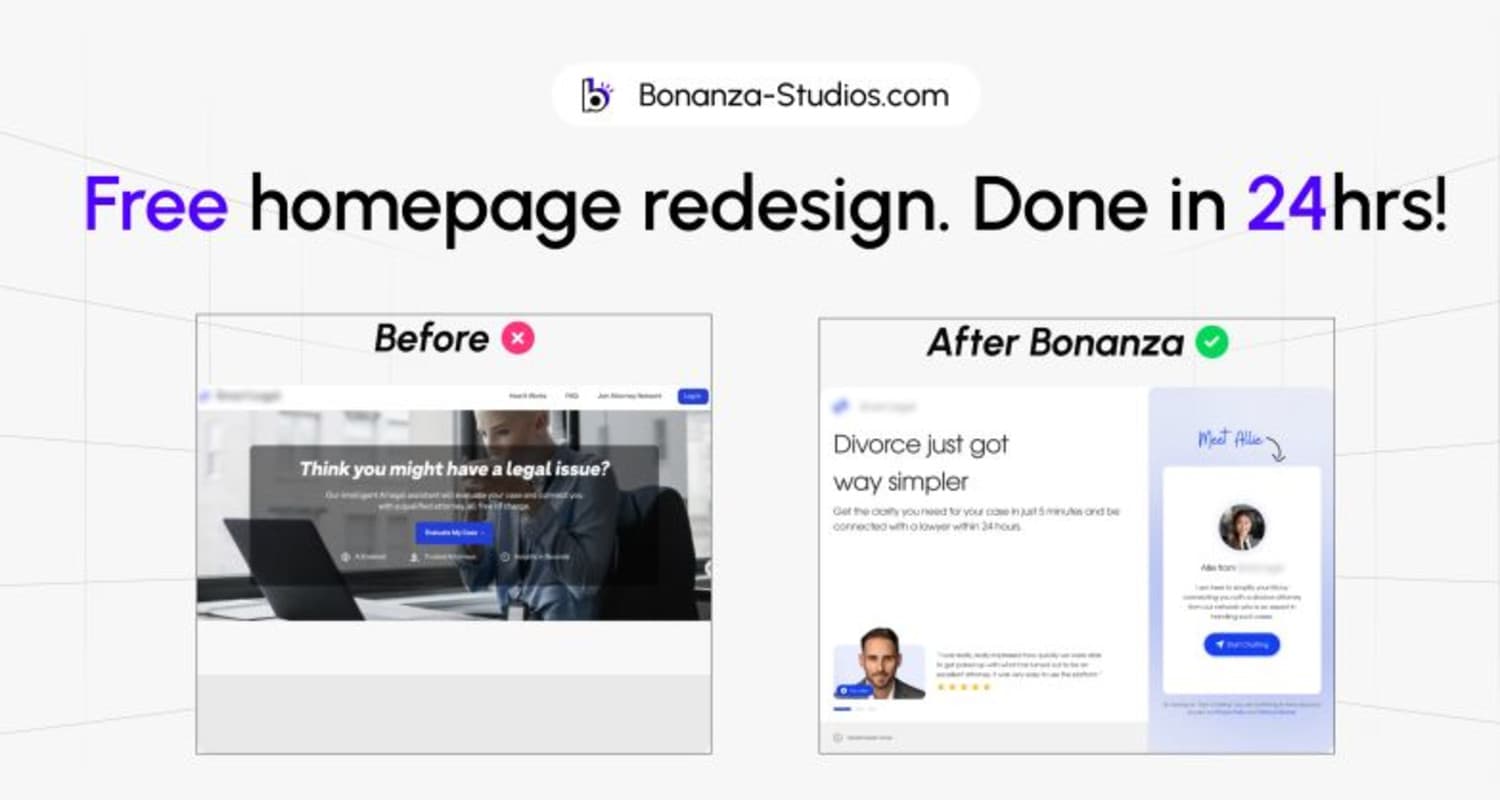Case StudyStream Team: Designing Experiments - Accelerating Innovation with Lean UX Experiments
Bonanza Design, a design consultancy firm, faced challenges in quickly validating ideas and integrating user feedback into their agile development process. Traditional UX processes were often too slow and cumbersome, leading to delays and reduced responsiveness to user needs. There was a need for a more efficient approach to testing and validating design concepts to ensure that products met user expectations and business goals.

The Solution
Bonanza Design adopted a lean UX process that emphasized rapid and iterative experimentation. The key components of their approach included:
- Quick Prototyping: The team focused on creating low-fidelity prototypes quickly. These prototypes were designed to capture the essence of the idea without spending excessive time on details, allowing for faster iteration and feedback.
- User Testing: Bonanza Design conducted regular user testing sessions with the low-fidelity prototypes. This approach enabled them to gather immediate feedback from real users, identify pain points, and understand user behaviors and preferences.
- Hypothesis-Driven Design: Each experiment was based on a clear hypothesis. The team defined what they wanted to learn from the experiment and what success would look like. This clarity helped in focusing efforts and measuring outcomes effectively.
- Iterative Cycles: Lean UX experiments were conducted in short, iterative cycles. The team quickly moved from ideation to prototyping to testing, and then back to refining the concepts based on user feedback. This approach minimized the time spent on unproductive ideas.
- Cross-Functional Collaboration: The lean UX process involved close collaboration between designers, developers, and product managers. This cross-functional teamwork ensured that insights from experiments were quickly integrated into the development process.
- Continuous Learning: Bonanza Design maintained a culture of continuous learning and improvement. The insights gained from each experiment were documented and shared across the team, fostering a knowledge base that informed future projects.
Outcomes achieved
The implementation of lean UX experiments led to several significant benefits for Bonanza Design:
- Faster Validation of Ideas: The ability to quickly prototype and test ideas allowed Bonanza Design to validate concepts faster, reducing the time to market for new features and products.
- Improved User Satisfaction: Regular user testing ensured that products were closely aligned with user needs and preferences, resulting in higher user satisfaction and engagement.
- Increased Agility: The iterative and hypothesis-driven nature of lean UX experiments enhanced the team's agility, enabling them to respond quickly to feedback and market changes.
- Better Collaboration: Cross-functional collaboration improved communication and alignment within the team, leading to more cohesive and effective product development.
- Enhanced Innovation: The culture of continuous learning and rapid experimentation fostered innovation, allowing Bonanza Design to explore and implement creative solutions more effectively.
